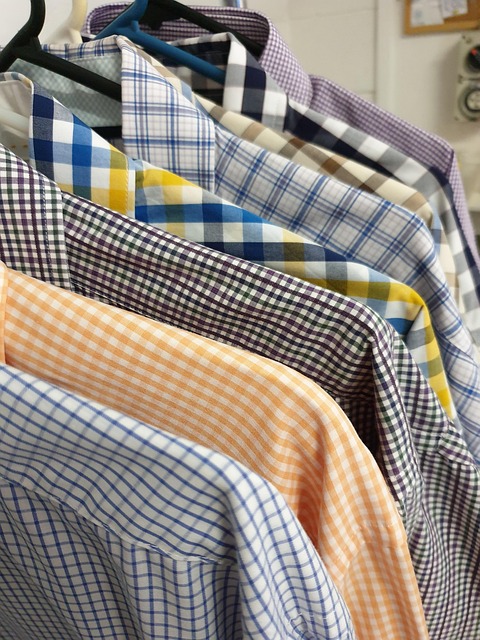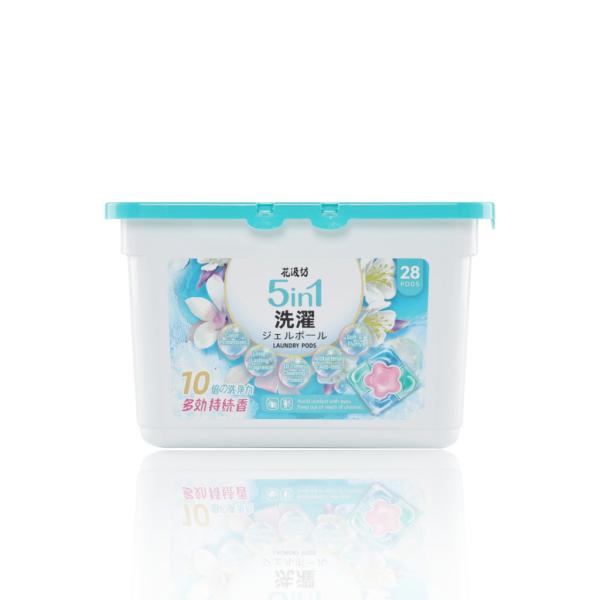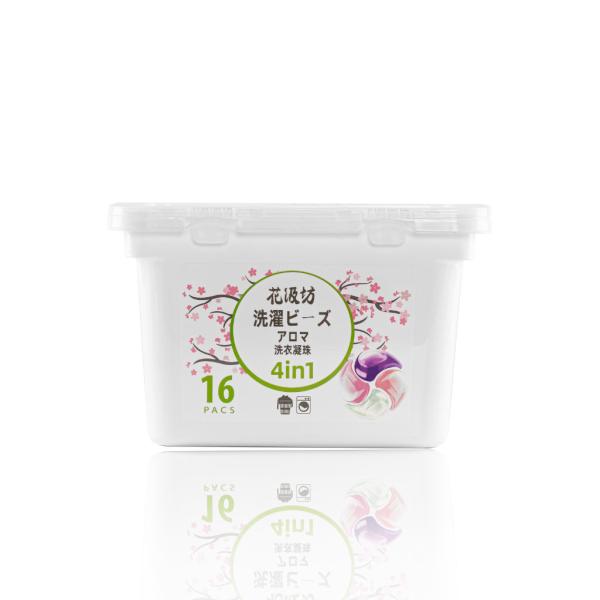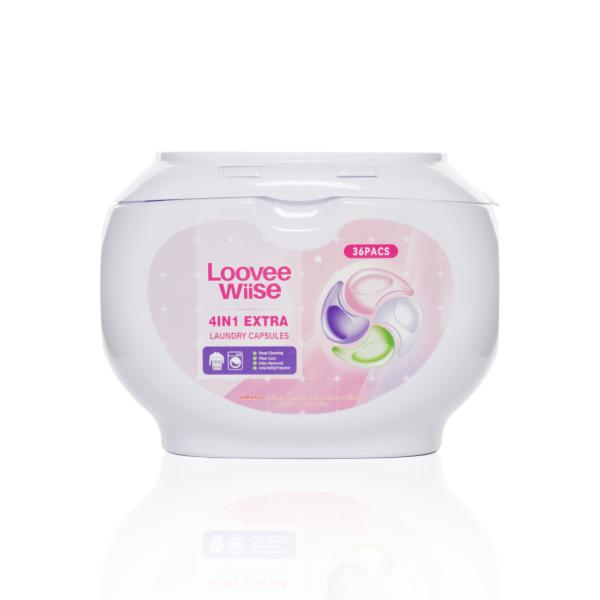Hidden Dangers in New Clothes? Why Washing Is Crucial for Long-Term Health

That coveted new item finally arrives – do you cut off the tag and put it on right away? Hold on! Those seemingly pristine new garments might harbor invisible "health assassins" – chemical residues, stubborn dyes, and countless microbes left by strangers. Lurking within the fibers, they pose not just temporary skin irritation, but potentially far-reaching negative effects on your health.
The Lurking "Chemical Troops" and Their Long-Term Threats
Formaldehyde: Commonly used as an anti-wrinkle, anti-shrink, and color-fixing agent. Long-term exposure to low doses, even without causing acute allergic reactions, may lead to:
Persistent Respiratory Irritation: Triggering or worsening chronic coughing and asthma.
Damaged Skin Barrier: Leading to chronically dry, sensitive skin, or even chronic dermatitis.
Potential Carcinogenic Risk: The World Health Organization's International Agency for Research on Cancer (IARC) classifies formaldehyde as a Group 1 carcinogen. Long-term exposure increases the risk of nasopharyngeal cancer, leukemia, and others.
Lead: May be present in certain dyes (especially bright synthetic ones) or printing auxiliaries. Lead is a potent neurotoxin, particularly harmful to children:
Neurological Damage: Long-term low-dose exposure can cause attention deficits, decreased learning ability, behavioral problems, and even impaired intellectual development.
Multi-Organ Impact: Can damage kidneys, the cardiovascular system, and the reproductive system.
Bisphenol A (BPA) & Other Endocrine Disruptors: May be present in synthetic fibers or plastic accessories. These substances can interfere with the human endocrine system:
Endocrine Disruption: Long-term exposure may affect reproductive development, metabolic function (increasing risks of obesity, diabetes), and even be linked to certain hormone-dependent cancers.
Developmental Risks for Children: Potential effects on fetuses and infants are of particular concern.
Beyond Chemicals: The Trouble with Dyes and Microbes
Unfixed Dyes: If not thoroughly rinsed during manufacturing, residual dyes can not only stain skin or other clothes, but certain dye components can also act as allergens, causing chronic skin inflammation with long-term exposure.
Microbial "Party": From production and warehousing to transportation and sales, countless people handle or try on the clothes. Bacteria, fungi, and even viruses on the surface are potential sources of skin infections (like folliculitis, athlete's foot). The risk is higher for immunocompromised individuals.

One Simple Step Builds a Health Barrier: Effective Prevention
The solution to these hidden dangers is surprisingly simple and highly effective:
Essential First Step: Wash Thoroughly!
Regular Clothing: Wash according to the care label instructions using water and detergent. Washing effectively removes most free formaldehyde, lead dust, unfixed dyes, and surface microbes.
Clothes with High Formaldehyde Concerns (e.g., anti-wrinkle shirts): Soak in clean water first (e.g., 30 minutes to several hours) before normal washing. Slightly warmer water (within garment limits) helps dissolve and remove chemicals.
Underwear, Baby Clothes: Must be washed before wearing. Use mild, non-irritating detergents.
Smart Shopping:
Look for Certifications: Prioritize clothing with safety certifications like OEKO-TEX® STANDARD 100, GOTS (Global Organic Textile Standard), which impose strict limits on harmful chemical residues.
Sniff Test: Be highly cautious if new clothes have a strong, pungent chemical smell. If the smell persists after washing, consider avoiding wearing them.
Light Colors/Natural Fabrics: Generally, light-colored clothes use fewer dyes and chemical auxiliaries. Natural fabrics like cotton, linen, silk, and wool typically involve fewer chemical types during production compared to synthetics (like polyester, nylon) – though washing is still essential.

Good Habits:
Wash Hands After Trying On: Always wash your hands thoroughly after trying on clothes in stores to avoid transferring potential chemicals or microbes to your mouth, nose, or other body parts.
Air Out: Before washing, hang new clothes in a well-ventilated area to help volatile substances (like formaldehyde) dissipate.
Health is No Small Matter
The joy of new clothes shouldn't come at the cost of health. Those hidden chemicals, dyes, and microbes are far from trivial "minor issues." One thorough wash can block most of these risks for you and your family, letting beauty truly feel safe against your skin. Next time you get new clothes, don't hesitate – give them a "bath" first! This small act protects long-term well-being.
The World Health Organization states that globally, about 1.5 million people die annually from diseases related to exposure to hazardous chemicals, with clothing residues being one common source of daily exposure.
Surveys by the American Academy of Dermatology show that approximately 20% of people have experienced skin irritation symptoms from wearing new clothes without washing them first.

 English
English 日本語
日本語 Español
Español Русский
Русский عربي
عربي Português
Português Italiano
Italiano Français
Français 한국인
한국인 Indonesia
Indonesia






